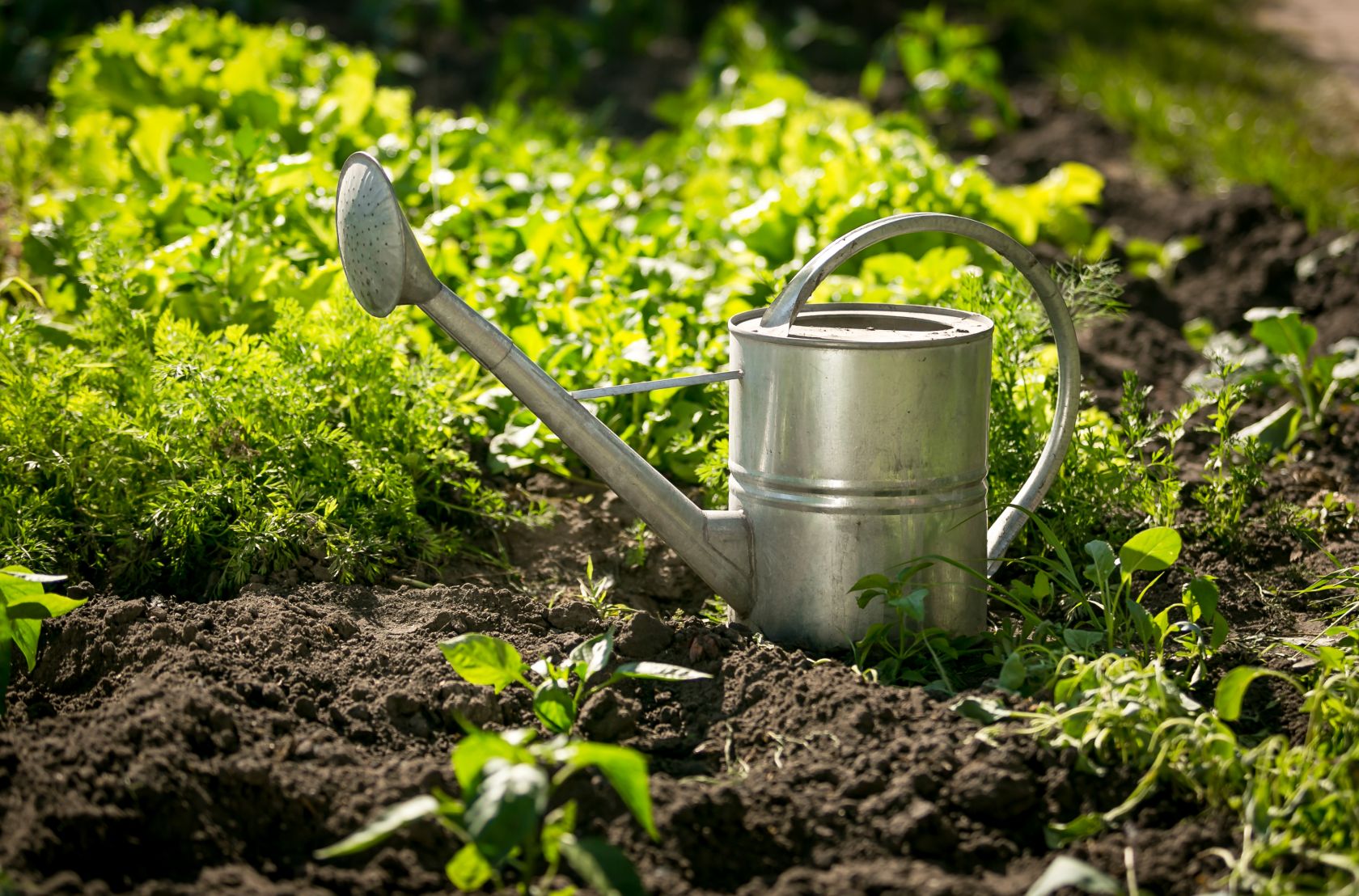We will soon be wanting to start watering the garden now that spring is here, and summer is on its way. As we should be mindful of water shortages, perhaps you might be considering an irrigation system. There are several systems you can choose from, depending on your needs, and I thought I might explore them.
It seems there are six types, sprinkler irrigation, surface irrigation, drip irrigation, sub-irrigation, micro-irrigation and manual irrigation.
Sprinkler Irrigation - An irrigation sprinkler is more a device for watering larger areas, such as agricultural crops, golf courses, lawns, etc. They are also used for cooling and for the control of airborne dust – but perhaps not in Portugal! Sprinkler irrigation is a method of applying water in a controlled manner, mimicking rainfall. Most are on timers for the cooler parts of the day.
Surface Irrigation - This is where water is distributed over the soil surface by gravity. It is by far the most common form of irrigation throughout the world and has been practiced in many areas virtually unchanged for thousands of years. Surface irrigation comes in three major types: level basin, furrow and border strip, and although labour intensive, surface irrigation systems have advantages when compared to sprinkler and drip irrigation, the most significant of which are low initial cost, easy maintenance of the system, and compatibility with all soil types, and is more suitable for agricultural use.
Sub Irrigation – this is also known as seepage irrigation - a method of irrigation where water is delivered to the plant root zone, where the excess may be collected for reuse, and is buried underground. This is especially suitable for arid, semi-arid, hot, and windy areas with limited water supply. However, as the system is relatively complex and most likely automated, it is more suitable for medium to large-scale production.

Drip Irrigation – sometimes called trickle irrigation, this system has the potential to save water and nutrients by allowing water to drip slowly to the roots of plants and soaks the ground with tubes that are woven around the base of the plants. These narrow tubes have small holes in it to deliver water directly to the base of the plant by leaking water out slowly. This prevents loss through evaporation and other negative effects of surface irrigation and would be used here in Portugal on timers in many gardens or for grapevines and oranges.
Micro-Sprinkler Irrigation - This is a low-pressure, low to medium-volume irrigation system, that also has the potential to save water and nutrients by allowing water to drip slowly to the roots of plants, either from above the soil surface or buried below the surface. It has been shown that micro-irrigation systems use between 20 to 50 percent less water than conventional spray sprinkler systems, and installing a micro-irrigation system instead of a traditional system can save a typical home more than 25,000 gallons of water per year.
For vegetable gardening, in rows or patches, plants can get all the water they need while decreasing the likelihood of weed growth and reducing pesticide use. Flowers can benefit from a micro-irrigation system that provides water only to the plants that need it. This works for potted plants too – on balconies, porches, or decks, plants in containers can benefit from water lines that deliver water right to the roots.

Whether circling a tree or running along a shrubbery, micro-irrigation can keep the roots moist without wasting water where it’s not needed. Micro-sprinkler irrigation uses the same piping and low-pressure delivery to bring water to the field as drip irrigation. But, in a micro-irrigation system, water is delivered through small, low-pressure sprinkler devices mounted on short risers staked into the drip tubing. Add a timer, and you can regulate when the watering begins and finishes, thus preventing the likelihood of overwatering a landscape or terrace.
Manual Irrigation – Well, this is you, with a watering can or spray nozzle on your garden hose! But nevertheless, it’s a good way of using ‘grey’ water from the bath or kitchen sink, so shouldn’t be written off completely – it maybe labour intensive but is using wastewater wisely.
















